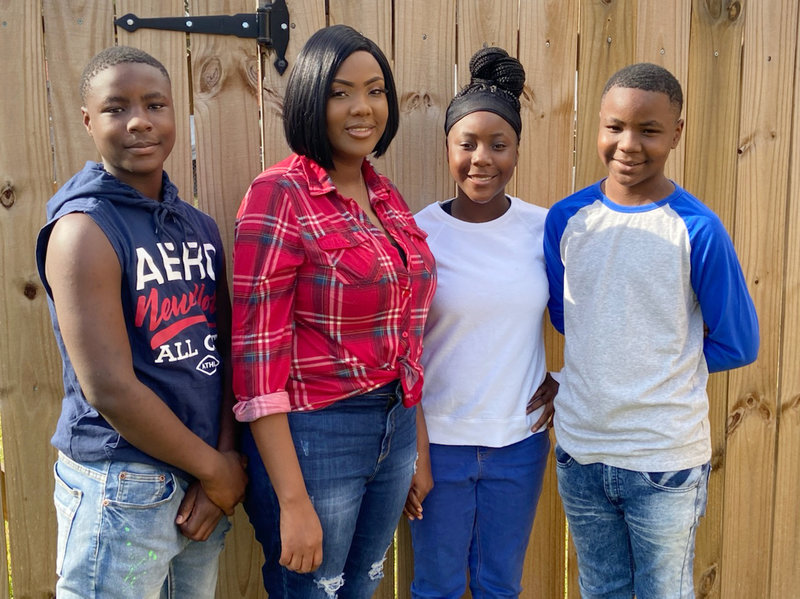Back in June, we shared the success story of Victoria Gray, the first person in the US with a genetic disorder to get treated with the revolutionary gene-editing technique called CRISPR. Now, a year and a half since her groundbreaking treatment, Gray continues to thrive and even flew for the very first time in her life, something her sickle cell had always prevented her from doing.
Sickle cell disease, a devastating genetic condition, manifests itself in sudden attacks of excruciating pain, but since her treatment, Gray has reported no severe pain. Her first flight was to visit her husband who has been away on deployment with the National Guard in Washington D.C.
Gray is among 10 individuals in this initial CRISPR experiment. The others include two other sickle cell patients and seven patients with a related blood disorder. So far, all the patients have shown improvement. The only side effects have been from the chemotherapy required before the billions of edited cells were infused into their bodies.
The sickle cell genetic mutation produces a defective form of hemoglobin, a protein needed by red blood cells to nourish the body with oxygen, but with treatment, patients are all showing boosted levels of fetal hemoglobin. These extended improvements are a promising sign that the therapy could be an effective long-term treatment. Gray has even been able to be weaned off the intense medication she has been prescribed her entire life.
Gray tells NPR that in addition to flying, the treatment has also afforded her the ability to watch her son’s football games and see her daughter cheerlead. Next up, she plans to learn how to swim and go back to school.
We will continue to follow this study and Gray’s progress and hopefully be back with another positive update next year!
Image source: NPR











